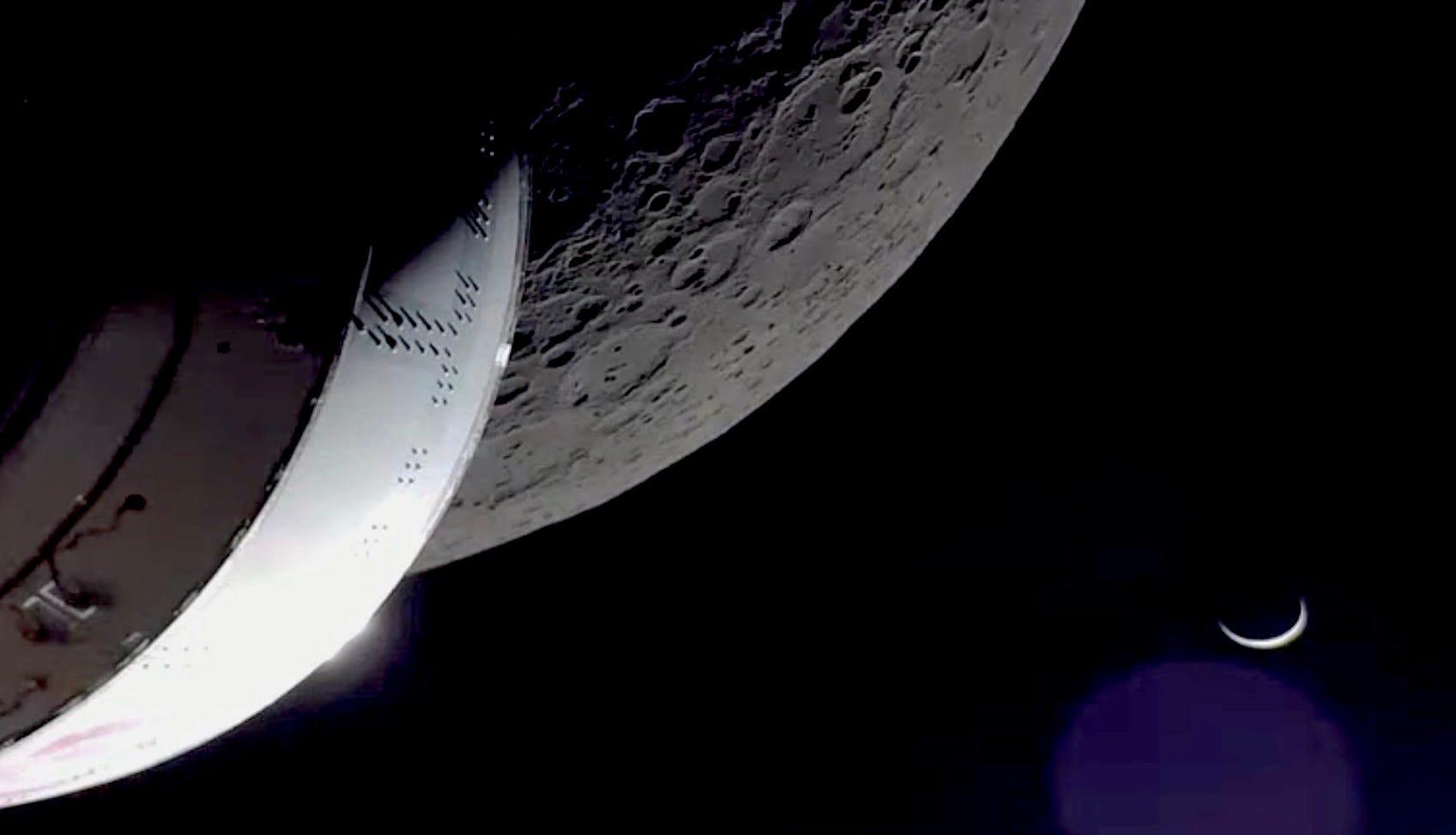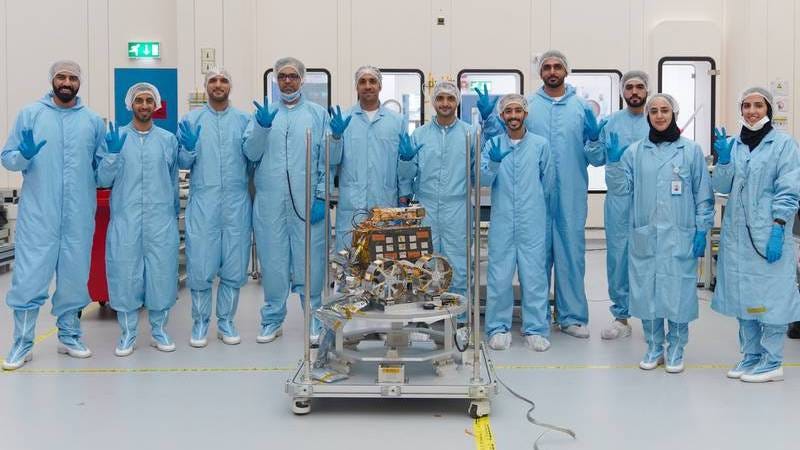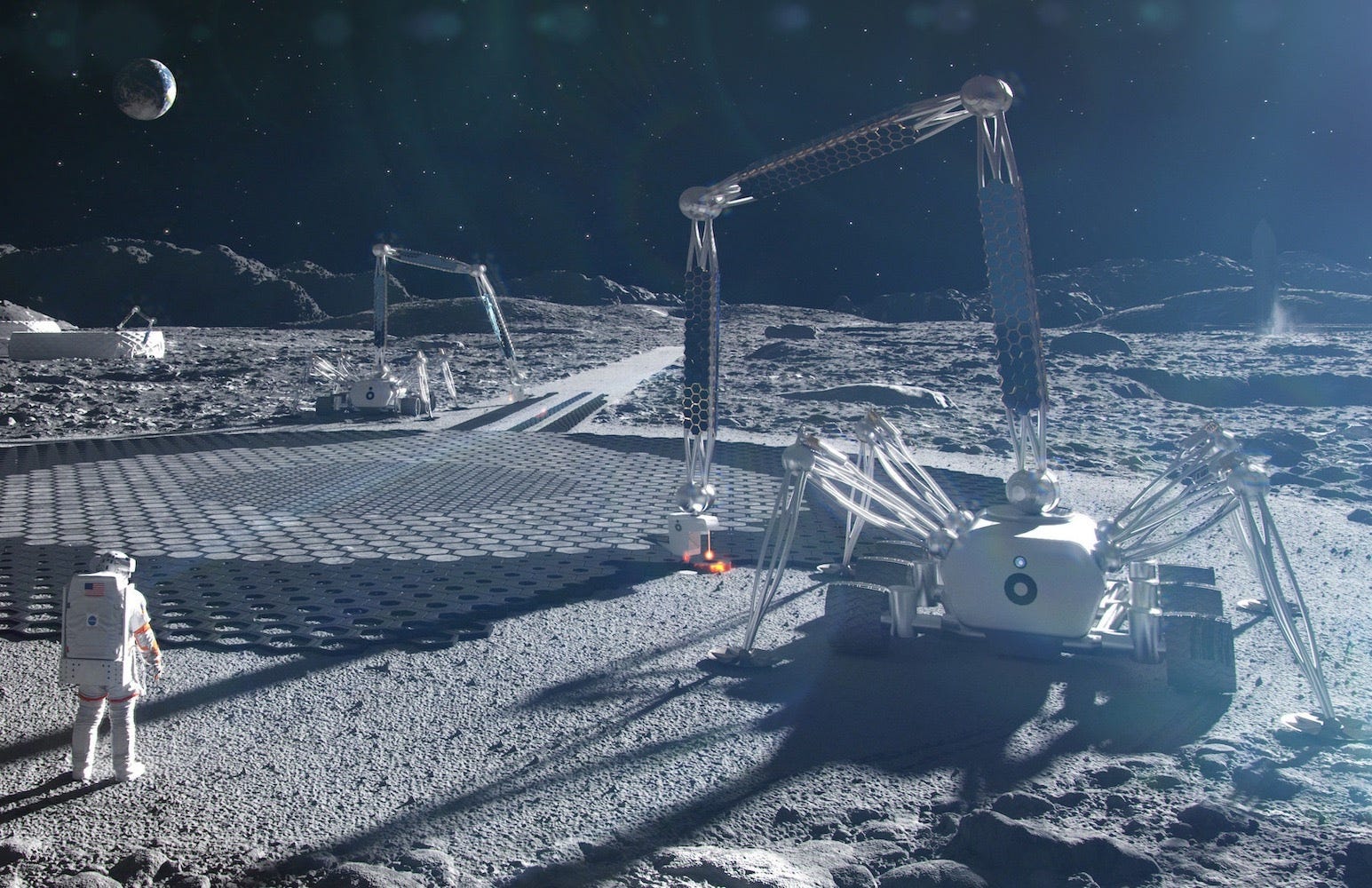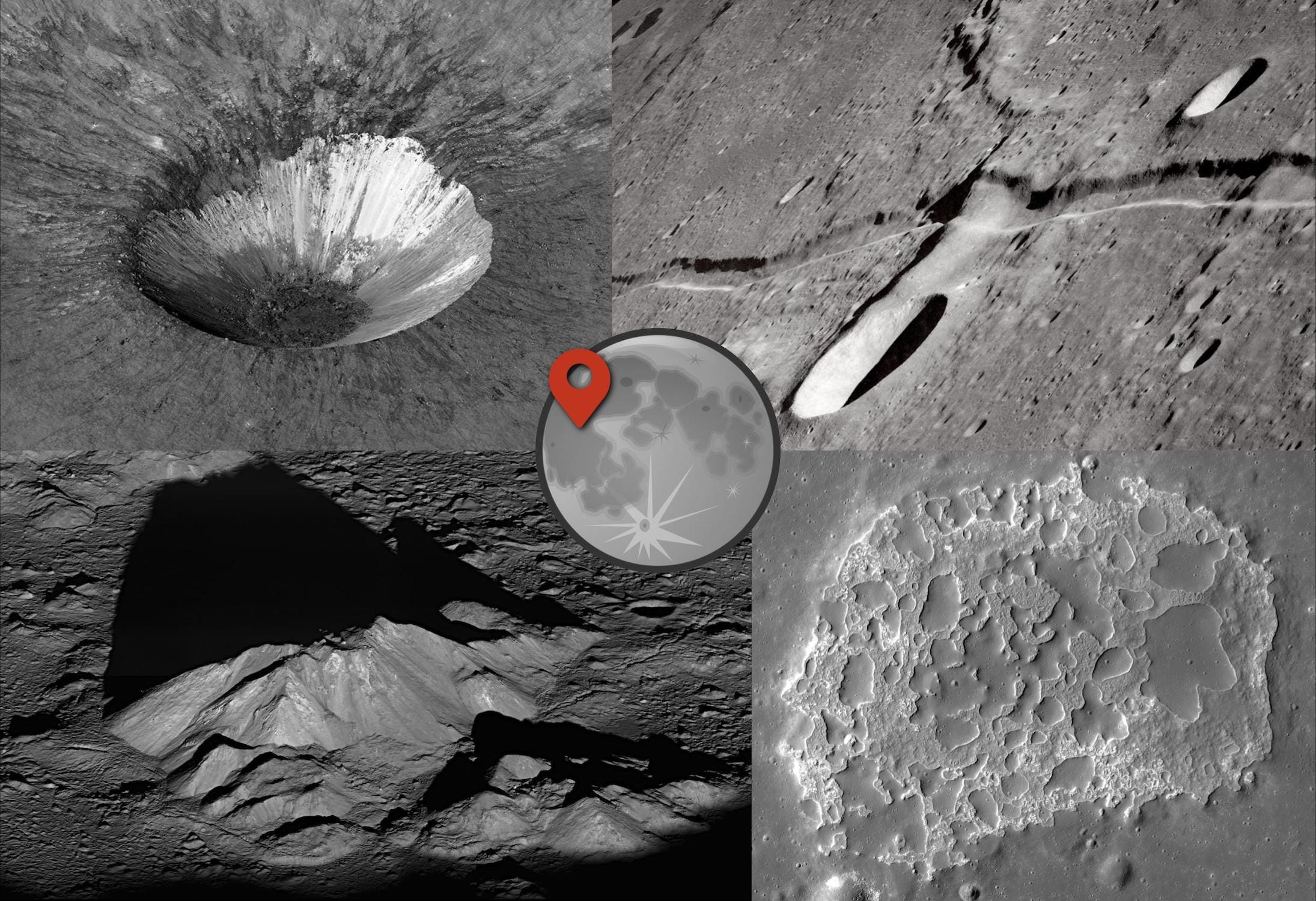Moon Monday #106: Orion is on its way back to Earth while other craft prep their Moonshot
Orion blazes past the Moon to head back home

Today, December 5, the uncrewed Orion spacecraft part of NASA’s Artemis I Moon mission precisely propelled itself on a trajectory to Earth, a minute after flying 127 kilometers above the Moon at its closest. Orion’s powerhouse European Service Module has been performing exceptionally well, delivering 15% more power than expected while consuming lesser fuel as well as lesser power for needs such as heating or cooling parts of the spacecraft. The bottomline is that when future Artemis astronauts head to and fro our Moon on Orion, Artemis I proves there should be a good amount of margin and redundancy in the system to safely handle non-nominal scenarios.
NASA completed some more secondary Orion objectives last week, including testing Orion’s thermal endurance to prolonged non-optimal Sun pointing, performing longer than planned thruster burns to test the capsule’s operational constraints and structural stability, and testing a specific thruster configuration to be used during the crewed Artemis II flight. Also, NASA and ESA finally did provide an update on the numerous deep space radiation experiments onboard Orion, if only to say that all the hardware are collecting data as expected, most of which will be received for review after Orion splashes on Earth.
For those keenly following Artemis I, ESA’s Orion Blog consistently has more details, links, pictures and diagrams than NASA’s official Artemis Blog! Here’s an example. And numbers have metric units.

UAE’s Rashid rover must wait some more for its Moonshot
ispace Japan’s first Moon landing mission and NASA’s Lunar Flashlight CubeSat orbiter now await a new launch date as SpaceX troubleshoots an unrevealed issue with the Falcon 9 rocket, which was originally supposed to launch these spacecraft late last month. If the Falcon 9 takes off by mid-December, ispace’s lander will continue to target its originally planned landing in April 2023 otherwise there will be necessary operational changes such as targeting an alternate landing site.
The delay also means that UAE’s 10-kilogram Rashid rover might have to wait longer to study the Moon’s surface for its planned 8–10 Earth days. The robotic micro-rover sports three high-resolution “CASPEX” cameras provided by the French space agency. It’s a smartphone-like camera adapted for space, and flown on NASA’s Perseverance Mars rover and OneWeb satellites. A CASPEX pair on the rover’s mast will provide panoramic views and aid navigation while the third camera will be rear-mounted to analyze drive tracks and infer wheel sinkage as well as mechanical properties of the lunar soil from it.
UAE’s second lunar rover, to fly onboard China’s Chang’e 7 lander, will also have CASPEX cameras.

Many thanks to Epsilon3 for sponsoring this week’s Moon Monday.
Thanks also to Nitin Pai of Takshashila for supporting my independent writing.
Upcoming mission updates
- France will provide one of the two distinct lunar-night-surviving seismometers on Draper’s first lunar lander, which is targeting touchdown on the Moon’s farside in 2025 as part of NASA’s CLPS program. Based on the excellent seismometer on NASA’s InSight Mars mission, the France-provided instrument on Draper’s lander will be one of the most sensitive seismometers sent to space. Over at least four months of operations, the two seismometers will help us better understand the Moon’s internal structure and how it evolved, and know the amount and rate of micrometeorite impacts on the farside to help us plan future crewed missions.
- Andrew Jones reports that China’s Chang’e 6 sample return and Chang’e 7 south polar robotic missions are now targeting a 2026 launch instead of 2025.
- NASA has awarded a $57 million contract to ICON for continuing to develop construction technologies to build surface infrastructure on the Moon using lunar regolith, with a test structure build targeted as early as 2026. Rachael Zisk has more details.
- Sisoo Park reports that South Korea will form a dedicated space agency next year called the Korea Aerospace Administration (KASA), which will be distinct from the already existing Korea Aerospace Research Institute (KARI) leading the country’s first lunar orbiter KPLO. South Korea’s fully indigenous Moon landing mission is now targeting a 2032 launch instead of 2031.

More Moon
- NASA is building three new ground stations on Earth to ensure continuous, high bandwidth communications for the growing number of Artemis crewed lunar missions starting with the Artemis III landing, and also to reduce load on the Deep Space Network. These Lunar Exploration Ground Sites (LEGS) will each provide high-data-rate radio communications for Artemis human landings, multiple lunar missions as well as the crewed NASA-led Gateway lunar orbital station. One of these has begun being built in South Africa with support from their national space agency.
- In honor of the 50th launch anniversary of Apollo 17 this December 7, NASA has released a freely reusable, educational public presentation, which has an excellent visual summary of the mission and plenty of resources linked in the slide notes.
- NASA is hosting a technically intense workshop titled “CLPS Survive the Night Technology” through December 6–8, wherein government entities and the U.S. industry will share and brainstorm technology development efforts for landers, rovers, and payloads to survive and operate through the frigid lunar nights. Doing so would not only enable sustainable exploration of our Moon but open up exploration of thermally challenging environments across the Solar System.
- The amazing views of our Moon from NASA’s Artemis I Orion spacecraft inspired me to enhance my special page of curated Moon views called Luna Sights. I hope its ample resources keep you happily browsing for weeks, marveling at our lovely cosmic neighbor.

More space blogs I recommend
In last week’s Moon Monday, I recommended some other independent space writers whose work is important and inspiring. Considering these got more than 100 link clicks, it seems like a good idea to continue sharing more such voices I like at large:
- Space coverage by Rachael Zisk. If you like your space crisp and fun while not losing valuable information, very few pull that off as good as Zisk does.
- Space essays by Brian Koberlein, who crafts palpably intriguing stories to distill some notable latest results in Astrophysics research.
- The Space Investor by Nick, a curated weekly newsletter focused on investing in space. I like how every edition has crisp updates and serves the facts straight.
- Europe in Space by Andrew Parsonson, who not only deeply analyzes the European space technology industry but is punny with his headings.
There’s nothing quite as bold and beautiful as committing to exploring the brutal colossal desolation that is space. We humans really are special that way. I hope we can always preserve that.
→ Browse the Blog | About | Donate ♡
